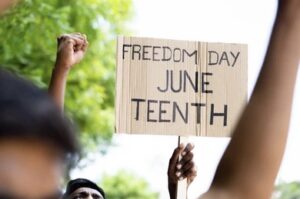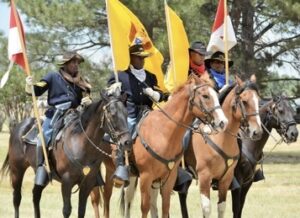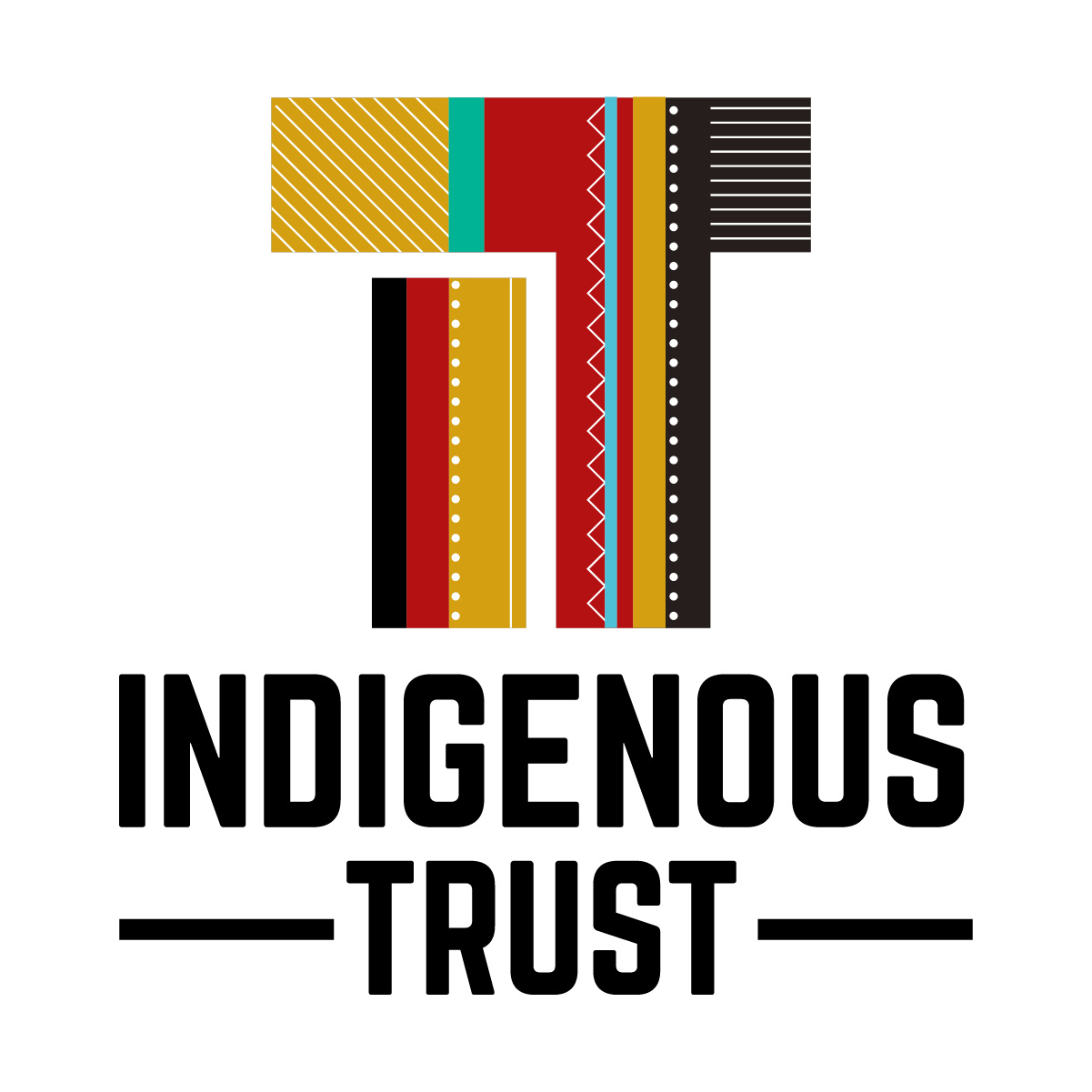
In the Summer of 2022, I appeared before the Cambridge City Council to offer comments about Policy Order 121 which recognized June 19 as Juneteenth and urged residents of Cambridge to “reflect upon the meaning of this important day”.
Juneteenth is often advertised as a celebration of the liberation of Black and African peoples in the United States on June 19, 1865 — two years after the emancipation proclamation. Boston media station WGBH and the National Museum of African American History state as much, suggesting that slavery condoned by Juneteenth is equivalent to bondage of Black peoples and freedom celebrated by Juneteenth is equivalent to the freeing of Black peoples from chattel slavery.
However, these narratives of slavery are unethically modified…and they empower an economy of history telling in the United States within which American Indian people are systematically disappeared.
A year ago, Harvard announced 100 million dollars of funding to address the enslavement of “Native American” (American Indian) peoples along with Black peoples on its campus. However, journalism like the 1619 Project tends to erase American Indian lives from the stories of slavery (Nicole Hannah Jones actually states that 1619 was the “beginning of American slavery”, which is not true. It began long before 1619…long before African arrival.) This sort of journalism empowers policy initiatives like the recent efforts by the City of Boston to focus on reparations for Black descendants of slavery, which ignore stories of how American Indian families and tribal nations were targeted for elimination – – a process in which Boston became the site of Indigenous separation and pulverization. Despite the work of scholars such as Andres Resendez to push us to tell the story of American slavery with much more precision by placing American Indian people in the center, Americans often miss important facts such as the fact that Cambridge and Boston served as major hubs for the human trafficking and enslavement of Indigenous peoples up through the 1800s. Not only were Indigenous peoples labelled “slaves” at Harvard, they were sent in mass down the Charles River to the Atlantic and then into a world market that bought up American Indians by the hundreds and thousands. Oftentimes, American Indian peoples were traded for African peoples (who were subsequently brought back to the Boston area). This is mirrored across the United States. At the mid-point of the 18th Century, in Charleston South Carolina, more American Indian peoples were exported from that port than African peoples were imported. All slaves in California were American Indian until around 1850 (just a decade before the Civil War). Contemporary conversations about reparations for slavery in California ignore the fact that American Indian peoples endured slavery at least 100 years longer than Black peoples.
These new politics are not surprising. Up through the Civil War, American Indians endured America’s hidden genocide economy as state and federal governments attempted to write us (American Indians) out of political presence. In the US Constitution, Black Americans were 3/5ths of a person. American Indians were 0/5ths of a person. We were nothing.
One interesting fact about the first Juneteenth was that on Friday, government and military leaders celebrated Black freedom. However, the very next Monday (3 days later) those same military officials doubled down on Indigenous genocide. After General Gordon Grander announced the freedom of slaves in Texas (what became Juneteenth), he embarked on the next leg of his military career — which culminated in his war against Apache people. His genocidal work dovetailed with the work of O.O. Howard (whose name is on Howard University).
Howard supported, among other military policies aimed at unification through anti-Indigenous genocide, the transition of Black men from slavery to roles as “Buffalo Soldiers” … from slavery to agents of genocide. (Here is an official but inadequate telling of that history. For example, it frames violence against American Indians as “war” and not as genocide.)

An image of Black men celebrating and commemorating “Buffalo Soldiers”
Today, my Tribe, the Lumbee Tribe of North Carolina, joins the rest of the United States in acknowledging the “Juneteenth” federal holiday…but I warn people in my community to seriously consider what was happening in 1865 and how the very first Juneteenth ought to be considered a marker for increased military attacks on the Lumbee community. The “Lowry War” – which was a set of policies within the U.S. Government to disrupt and expel American Indian peoples in eastern North Carolina – was ramped up in the Summer of 1865, after Juneteenth, as US military officials sanctioned assassinations of several Lumbee men. This began a seven year long war against my grandfather Henry Berry Lowry in which he carried the federal government’s largest bounty…larger than the one on the head of famous outlaw Jesse James. (Lowry was also a more deadly shooter than James and other cowboy gun-slingers.)
All of America is opposition to American Indian ownership, sovereignty and authority. Now, however, we must take a moment to acknowledge how celebrations of freedom for non-American Indian peoples are often celebrations of genocidal policies that continue to be aimed at the lives of American Indian peoples.
